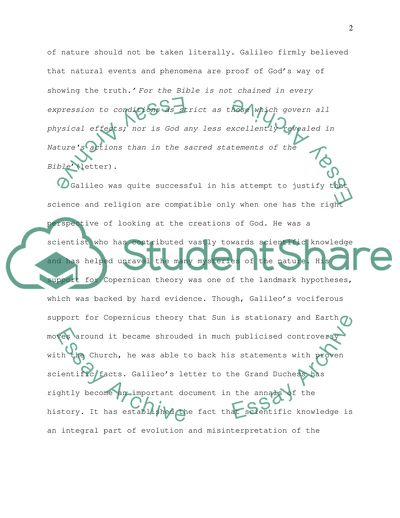Cite this document
(Galileo and His History Term Paper Example | Topics and Well Written Essays - 1250 words, n.d.)
Galileo and His History Term Paper Example | Topics and Well Written Essays - 1250 words. https://studentshare.org/science/1711463-philosophy-science-religion
Galileo and His History Term Paper Example | Topics and Well Written Essays - 1250 words. https://studentshare.org/science/1711463-philosophy-science-religion
(Galileo and His History Term Paper Example | Topics and Well Written Essays - 1250 Words)
Galileo and His History Term Paper Example | Topics and Well Written Essays - 1250 Words. https://studentshare.org/science/1711463-philosophy-science-religion.
Galileo and His History Term Paper Example | Topics and Well Written Essays - 1250 Words. https://studentshare.org/science/1711463-philosophy-science-religion.
“Galileo and His History Term Paper Example | Topics and Well Written Essays - 1250 Words”. https://studentshare.org/science/1711463-philosophy-science-religion.


